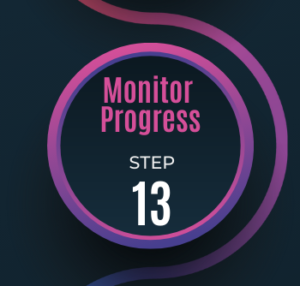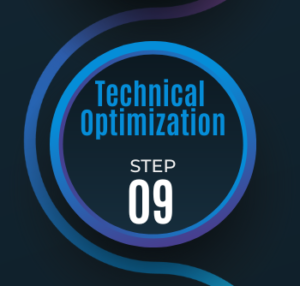
Steps of SEO: 13 Monitor Progress
Importance of monitoring progress in SEO: Regularly tracking key metrics, staying up-to-date with trends, and continuously improving your website to achieve success.



Importance of monitoring progress in SEO: Regularly tracking key metrics, staying up-to-date with trends, and continuously improving your website to achieve success.

Optimizing technical aspects of a website is crucial for SEO. Improving page speed, mobile-friendliness, implementing HTTPS, optimizing URLs and using structured data are essential techniques.

Continuously repeating the SEO process is crucial to stay ahead of the competition. Set goals, update content, build links, monitor analytics, and stay up-to-date with algorithm changes.